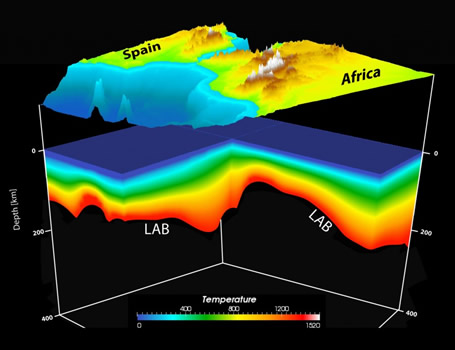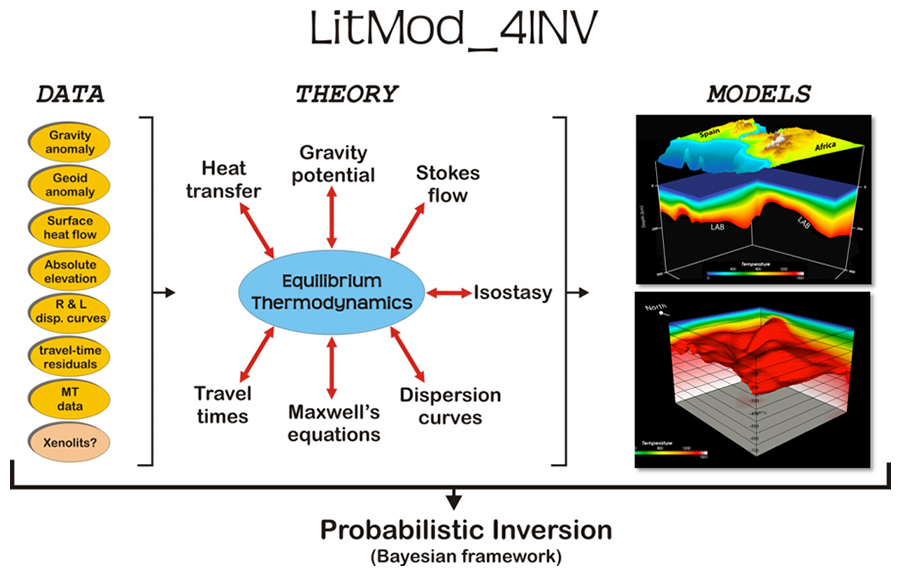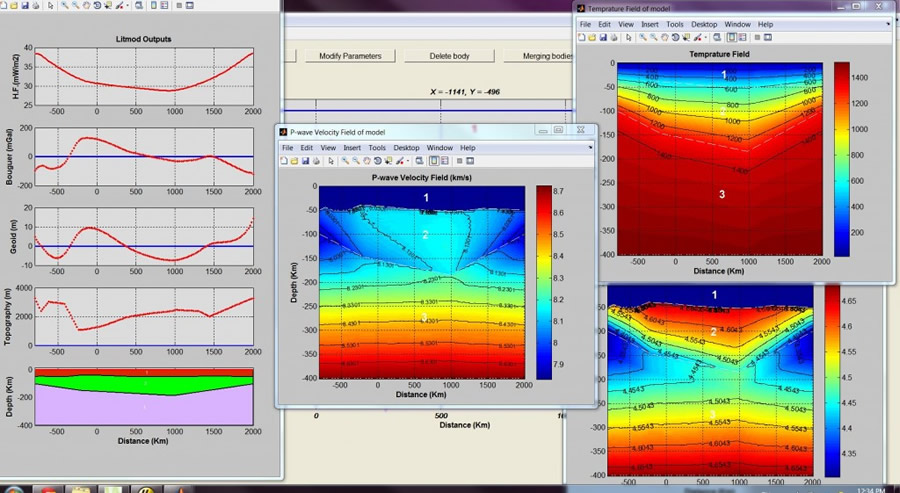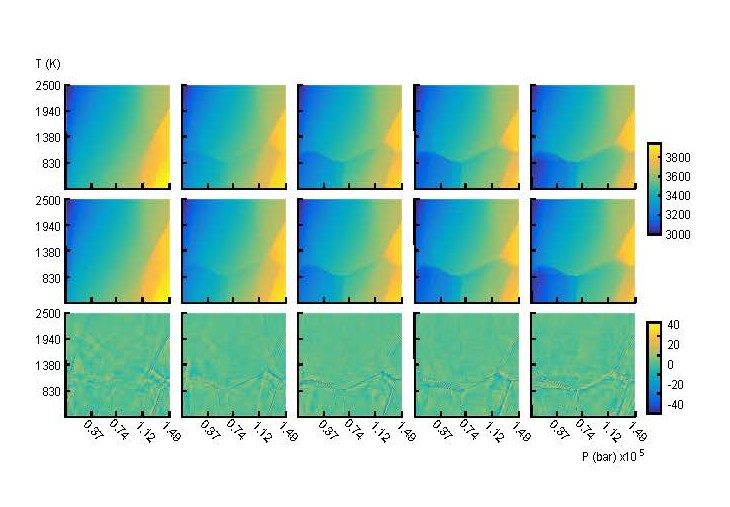Software
LitMod3D

LitMod3D is an interactive, forward modelling platform to study the thermal and compositional structure of the lithosphere and upper mantle (Fullea et al., 2009). It can be also used to study other terrestrial planets (e.g. Schinella et al., 2011).
LitMod3D is distributed as a compressed tar file. It contains all the required executables, sources, and shell script files. If you want the sources of the entire code, please email us to juan.afonso@mq.edu.au or javurchu@gmail.com
The entire code and user guide can be downloaded from the following links:
http://eps.mq.edu.au/~jafonso/Software1.htm
LitMod_4INV

itMod_4INV is a 3D full non-linear multi-observable inversion platform for the compositional and thermal structure of the lithosphere and upper mantle. The inversion scheme is based on a powerful and general MCMC approach. The data vector (jointly inverted for) includes gravity anomalies, geoid anomalies, gravity gradients, travel-time residuals (P and S), Rayleigh and Love dispersion curves (at the moment only normal modes), absolute elevation, surface heat flow, and apparent resistivity and phase (MT data). Not all of these datasets are required, but if available, they can be handeled simultaneously.
The code is available upon request and details can be found in Afonso et al. (2013a, 2013b).
Developers/Contributors: J. C. Afonso, J. Fullea, N. Rawlinson, J. Connolly, Y. Yang
LitMod2D_MT
 LitMod2D_MT has been developed by our group for Forward modelling of the temperature, compositional and electrical conductivity structures of the lithosphere and upper mantle. This user-freindly software is based on a FORTRAN core which is supported by an easy-to-use MATLAB interface.
LitMod2D_MT has been developed by our group for Forward modelling of the temperature, compositional and electrical conductivity structures of the lithosphere and upper mantle. This user-freindly software is based on a FORTRAN core which is supported by an easy-to-use MATLAB interface.
Developers/Contributors: J. C. Afonso, J. Fullea, A.G. Jones, F. Salajegheh
Efficient and general algorithm for implementing thermodynamic information into geodynamic and geophysical studies

“Density fields obtained from the energy minimization problem for water contents from 0 to 4% (from left to right) are shown in the first row. Same fields provided by the decomposition procedure with 100 terms are shown in the second row. Their absolute difference (full solution – separated solution) is shown in the third row”
Our approach is based on tensor rank decomposition methods, which transform the original multi-dimensional discrete information into a separated representation that contains significantly fewer terms, thus drastically reducing the amount of information to be stored in memory during a numerical simulation or geophysical inversion. Accordingly, the amount and resolution of the thermodynamic information that can be used in a simulation or inversion increases substantially. Any thermodynamic software or database can be used to obtain the primary thermodynamic information.
Please refer to: Afonso, J.C., Zlotnik, S., Diez, P. (2015) “An efficient and general approach for implementing thermodynamic phase-equilibria information in geophysical and geodynamic studies”, Geochem, Geophys., Geosys.
LitMod_Seis
This is a joint inversion code for inverting Vs and anisotropy data (Rayleigh and Love phase and/or group velocities, ellipticity (Z/H ratio) and receiver functions) with a Markov-Chain Monte Carlo method. This code will be released soon.
